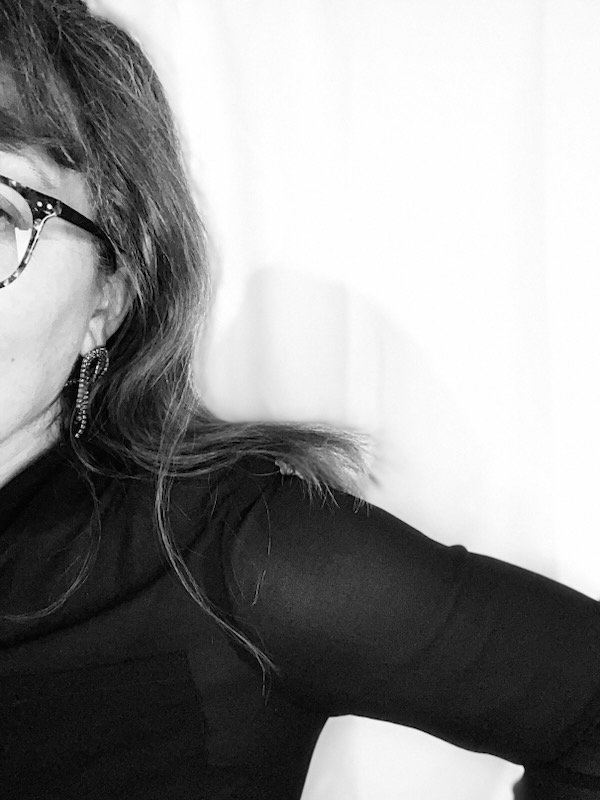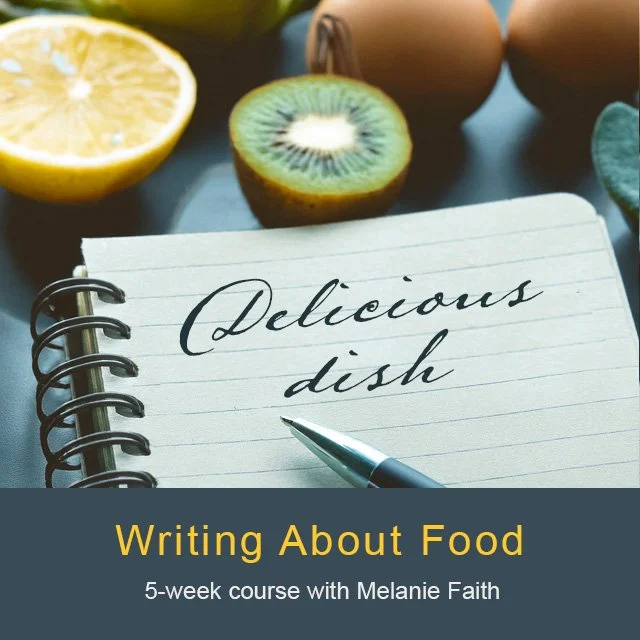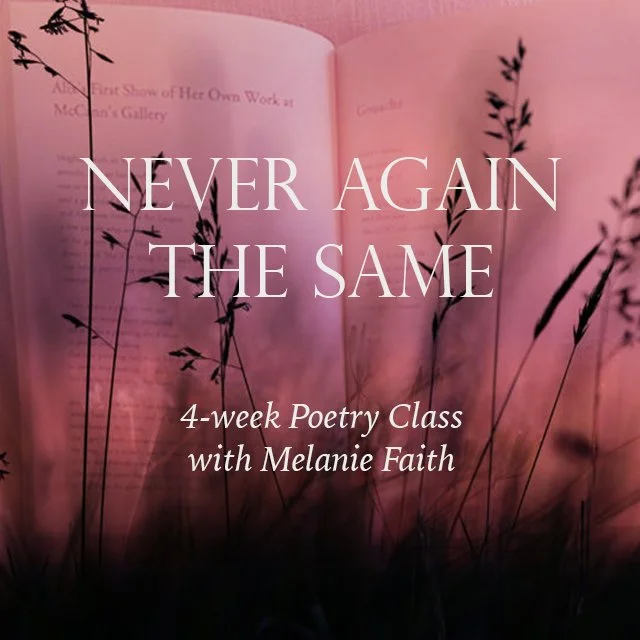Super excited that my latest article about writing poetry was published today at Women on Writing. Read on for some tips to spark your writing practice.
Poetic Play: Exploring Space, Line, and Stanza
By Melanie Faith
Poetry presents itself visually, just as people stand in front of a closet each morning and choose a linen suit, a plain white T-shirt, a bright floral skirt, or a favorite pair of soft jeans. Even before reading the title or the first line, poetry takes up room on the page in such a unique way and offers opportunities for communicating spatially.
Let’s take a look at some exciting ways form, line, and stanza can be used to enhance our writing.
It’s not only the words chosen; it’s the chosen lack of words, too. Say what?! Unlike prose, the majority of poetry includes purposeful use of blank space which gives ideas room to breathe, can offer emphasis, can create a shape, and so much more. Where and how are the words grouped on the page? Where are the pockets of blank space?
While writing a first draft, poets often instinctively create these blank spaces, such as by beginning or ending a stanza. These spaces can stay throughout all subsequent drafts, or they can be added to or omitted.
Asking ourselves questions like: If I leave a space here, how does that affect the way this line reads or the emphasis this image or word has for readers? What if I include a blank space between words within the same line? What if I indent the first and fifth lines in each stanza throughout the poem? How will that positively or negatively impact the way readers approach the poem?
I often experiment most with blank spaces during my third drafts. I will consider where an extra pause of blank space—whether midline, before a certain word or phrase or after, or indentations—might enrich a reader’s experience of the poem. I also give myself room to delete or to reorganize any white space that I try but which I don’t think best serves the poem.
Keeping a copy of earlier drafts in a single file so that I can scroll back and compare/contrast drafts is a tip that has really worked well in my writing practice. Printing an early draft and a latest draft to compare and contrast off-screen can also work very well when adding, moving around, or deleting white space from a poem.
Line by line by line. Poems can benefit from paying close attention to where a poetic line opens or closes. There’s no rule that a poem’s original opening words or phrases in a line or stanza have to stay that way forever.
Look within your lines to see if there’s a particularly interesting word, image, or phrase that could have more emphasis if opening or closing a line instead. Feel free to dig into the line, move openings and closings of lines around, and also to insert new stanza breaks to see how the poem looks on the page.
After playing with new openings or closings to lines, it can be helpful to read the poem aloud to see how the new lines and line breaks affect a reader’s movement through the poem. Another fun exercise: have a friend read your poem aloud to you. Are there any places where the reader pauses or any awkward spots? Conversely, where are the spots where the emphasis on certain words or images feels just right?
Stanza bonanza. Some poems have a single stanza with lines of approximately the same length and meter, called a “stichic.” Many other poems use multiple stanzas. New stanzas can be started to pivot into a new idea or to emphasize a certain theme, phrase, or image. Or starting new stanzas can also innately seem like the best way to move a reader through a poem.
There’s a variety of approaches for knowing when to open and close stanzas. I recommend keeping a few poetry books or anthologies handy, or perusing websites like The Poetry Society of America or The Poetry Foundation, the latter of which has a searchable database and a daily poem. Studying a few different poets’ approaches to opening and closing stanzas can give you ideas for where you might include stanza breaks and openings in the next draft of your poem.
In your chosen poems, study how long or short stanzas are. Consider counting how many words per line a poem uses. Count lines in stanzas to see if each stanza has the same amount of lines or if there’s variety. Where and when does the poet break a stanza for a new one or even break a pattern among stanzas? Which stanza break do you like best? How does white space between stanzas add emphasis to key words, phrases, or images within the poem?
As we craft and edit our poems, keep experimenting with the way your poems look on the page and feel when read aloud until the work presents its best formation to you.
Try this exercise: Read three to five poems by different poets. Then, take a first draft or a stalled draft and apply two of the line, stanza, or white-space patterns you notice from the other poets’ writing to your own. This might include having three lines per stanza or opening a stanza with a color image or a concrete noun or creating a poem with two stanza breaks. Compare and contrast drafts, and try editing another poem with other poetic patterns you notice from your reading.
***
Care to learn more? Check out my August poetry course:
Never Again the Same: A Poetry Class
4 week workshop: August 8 - August 29, 2025
Instructor: Melanie Faith
































